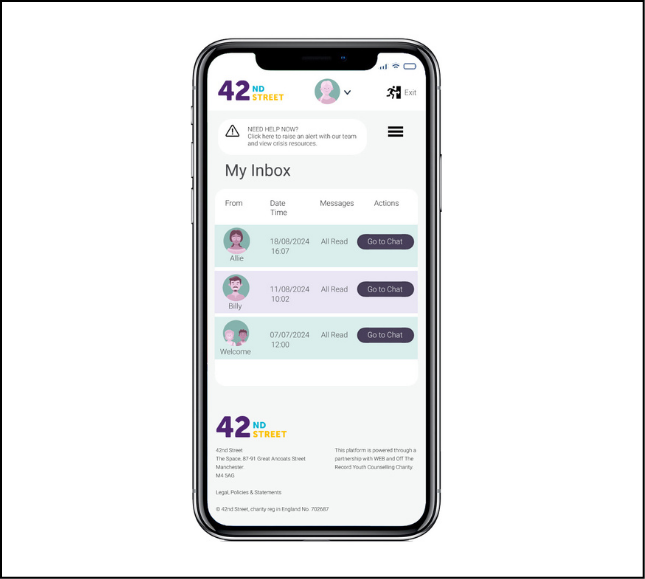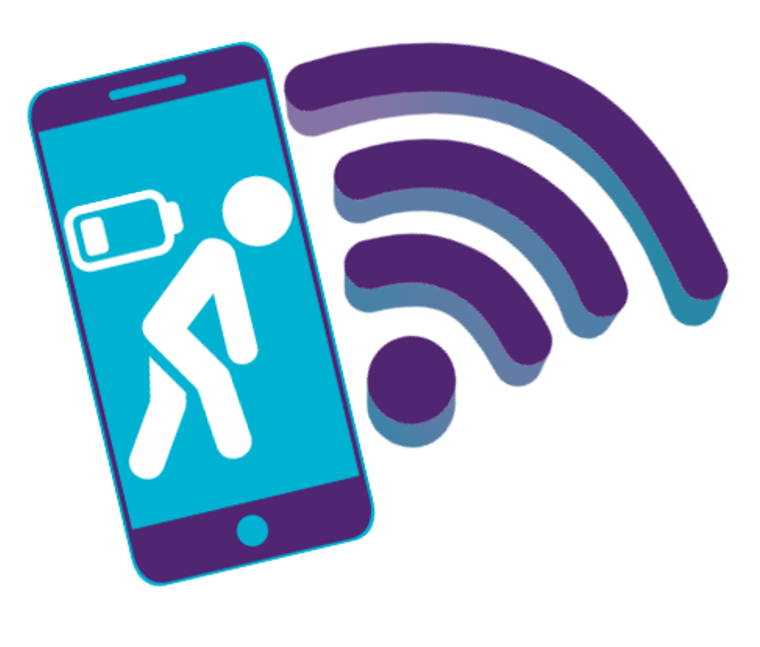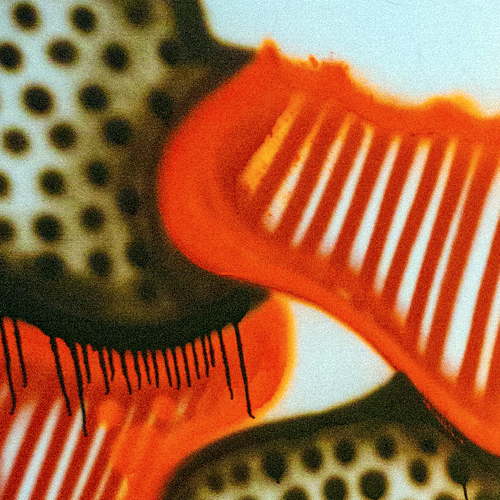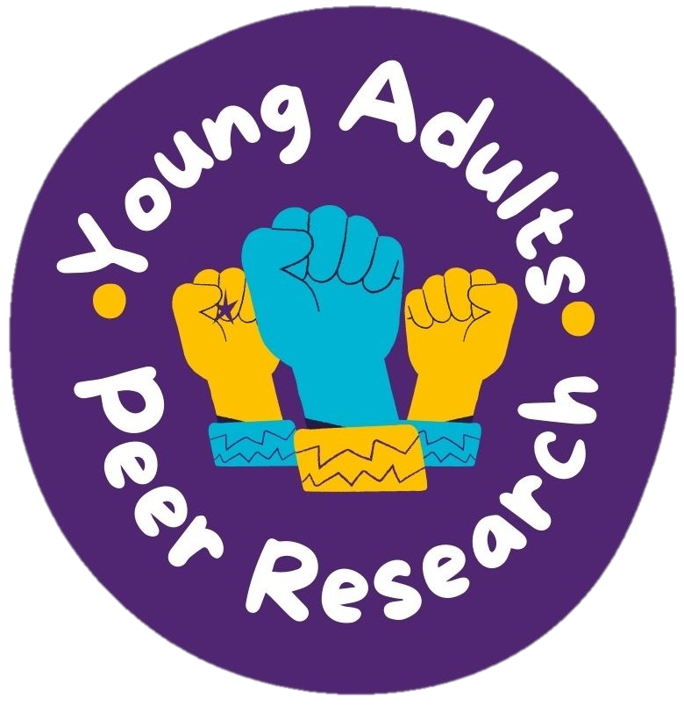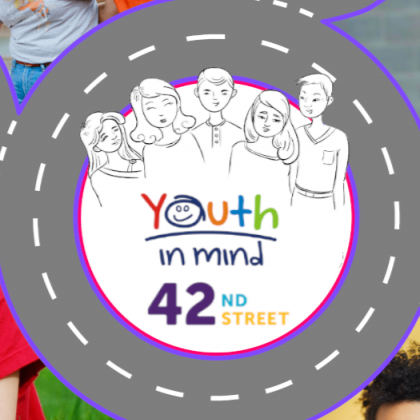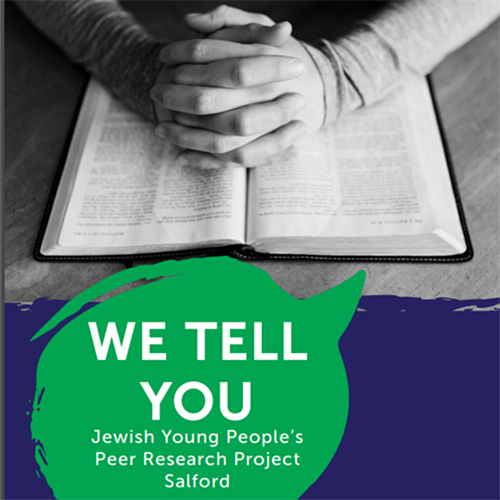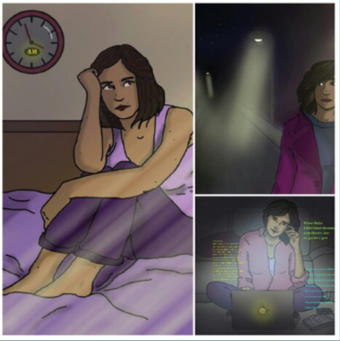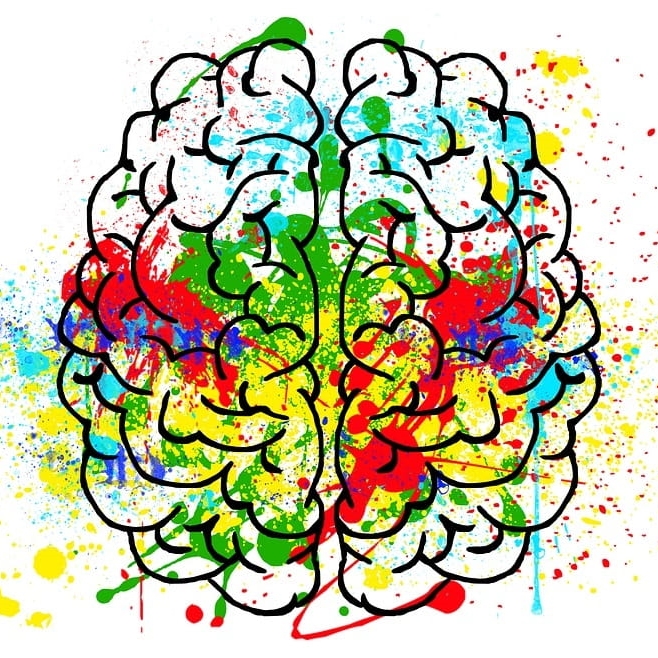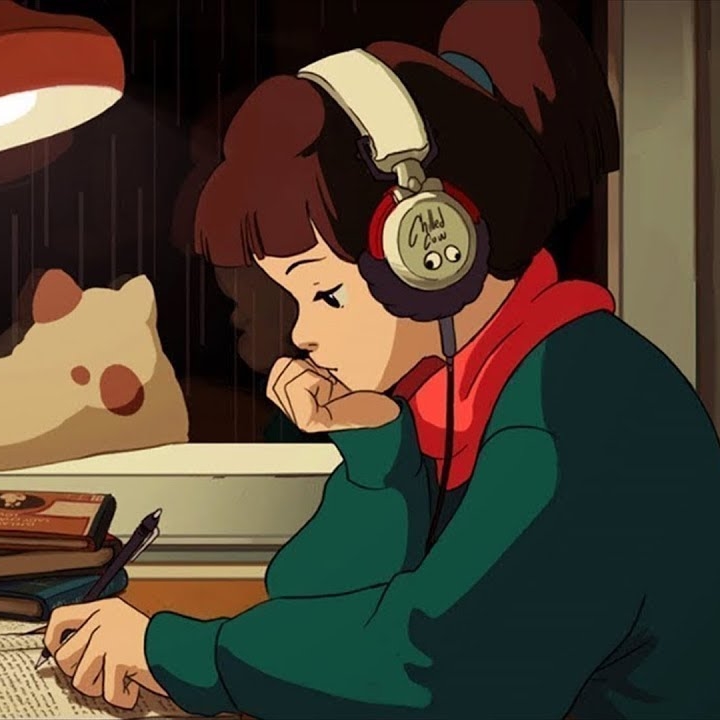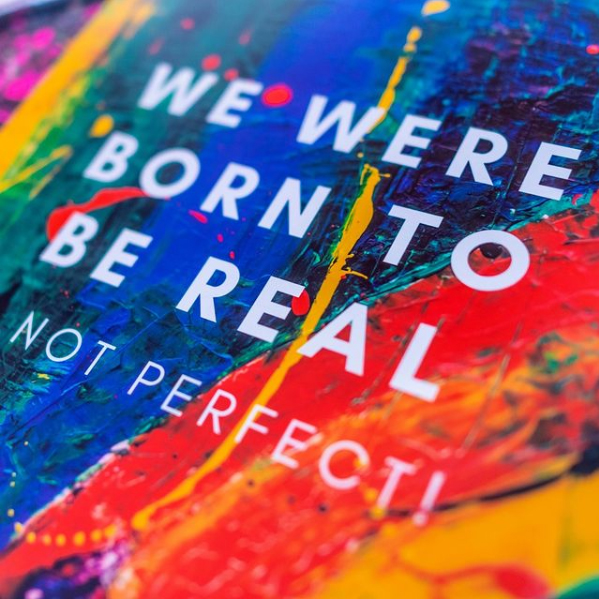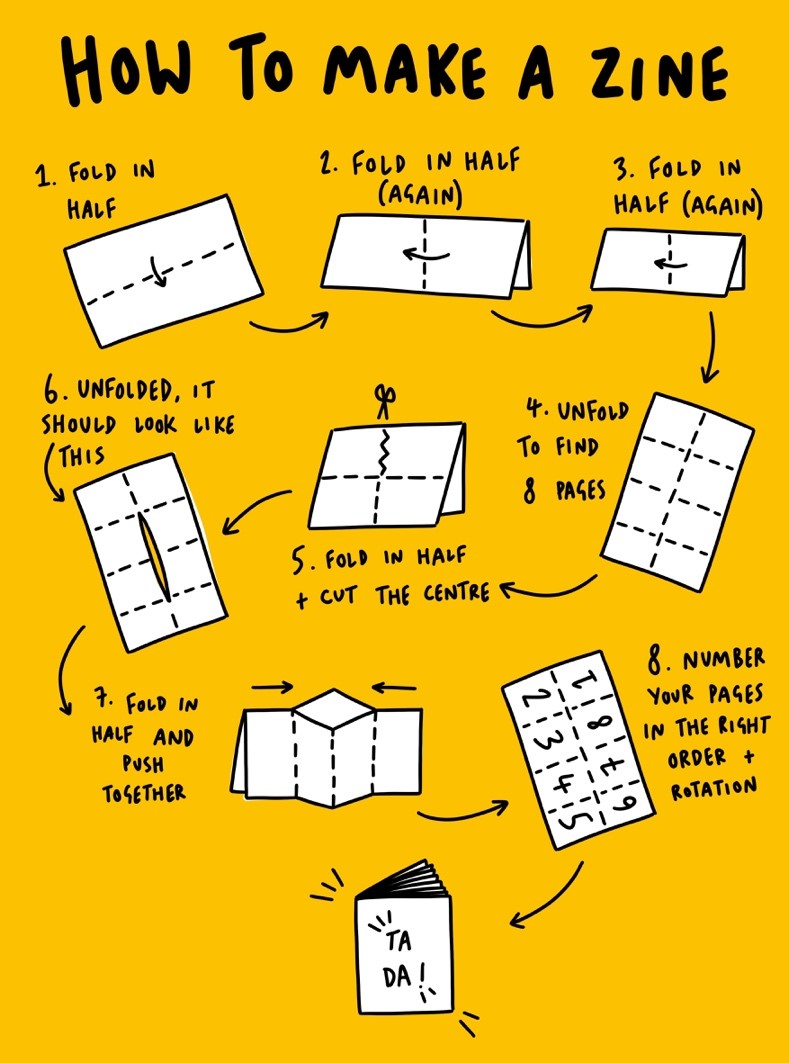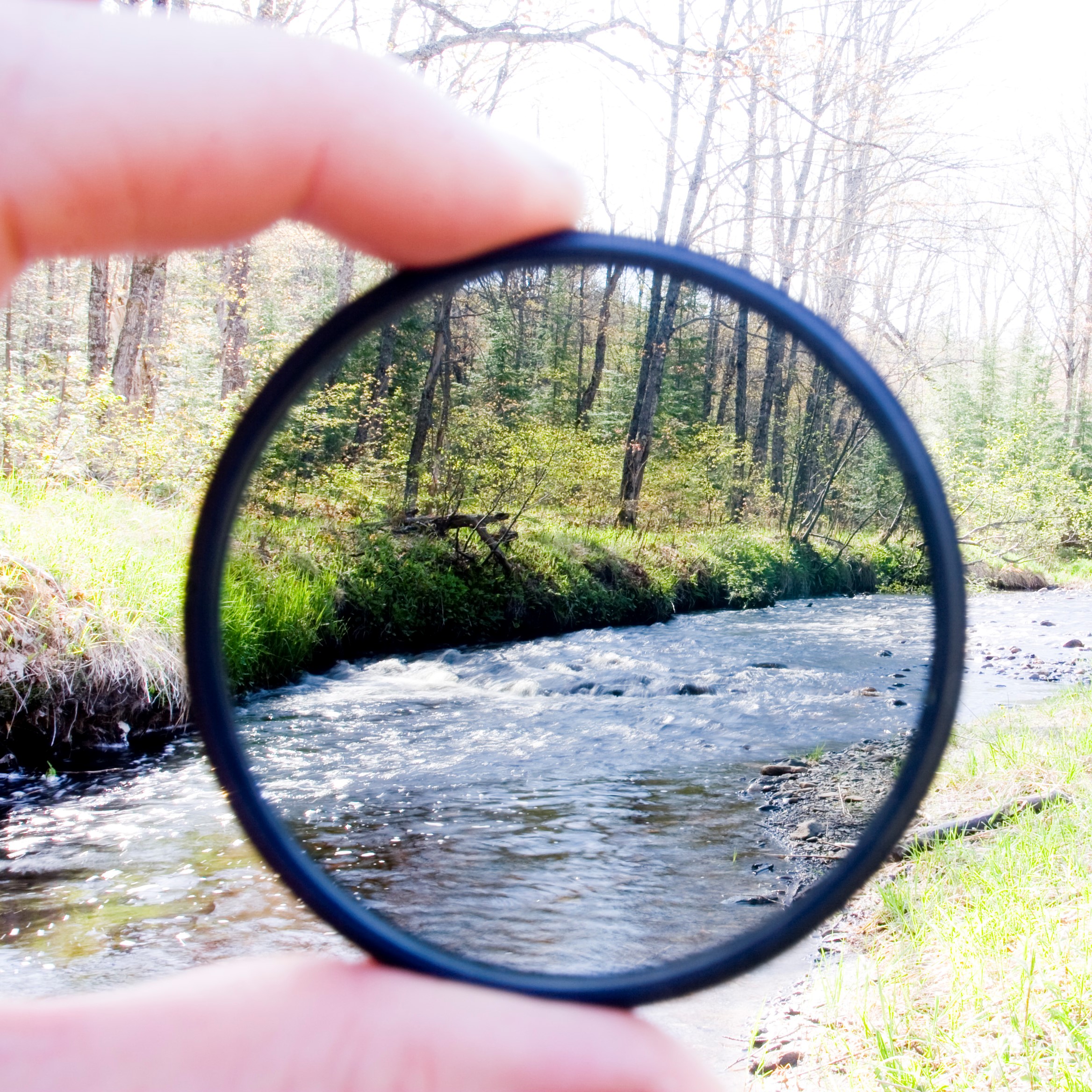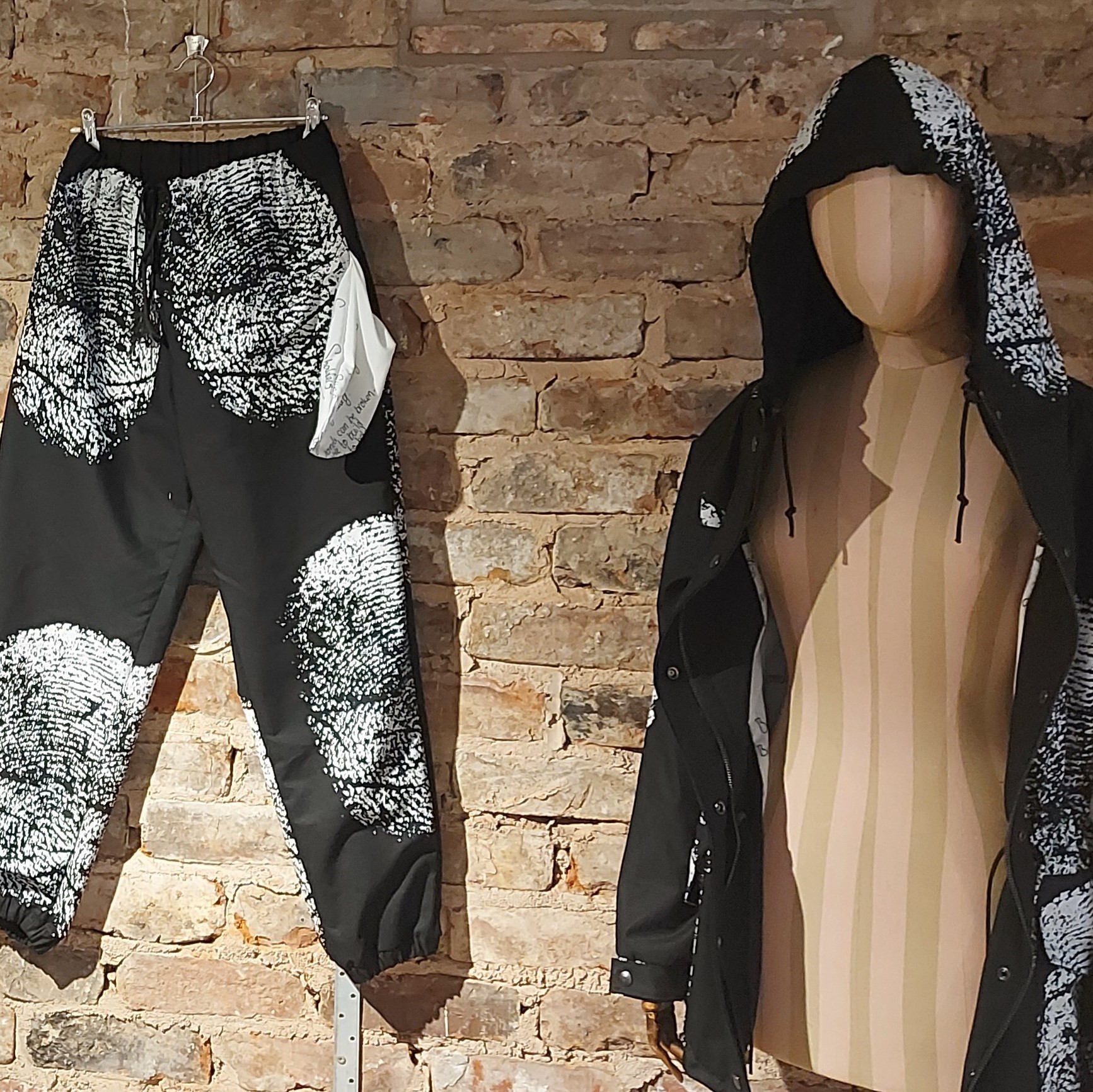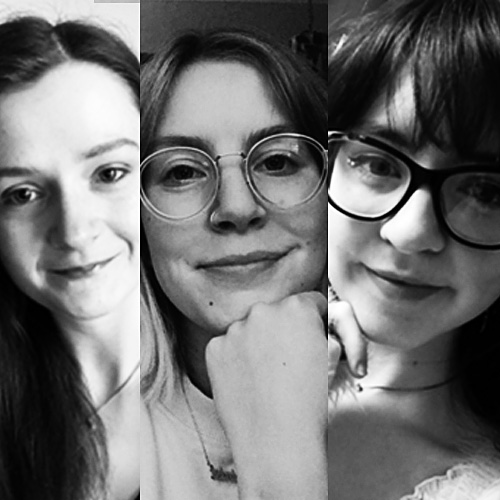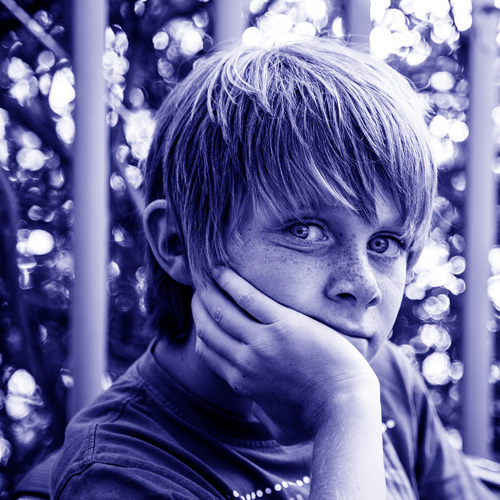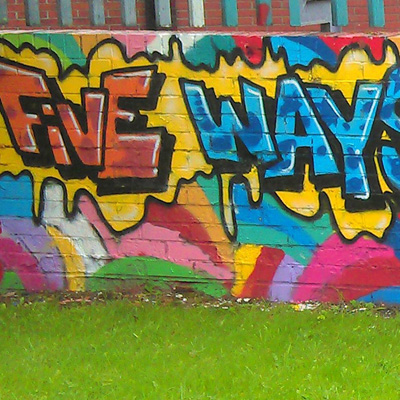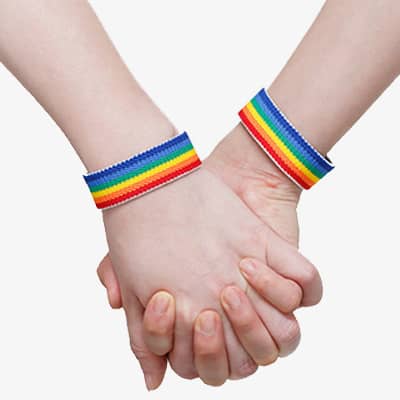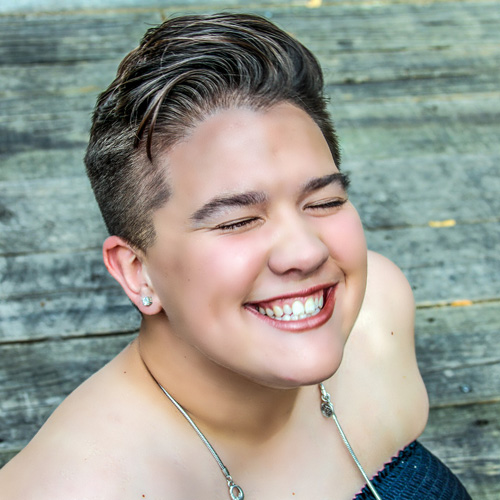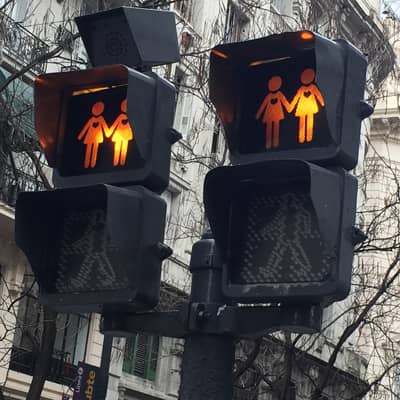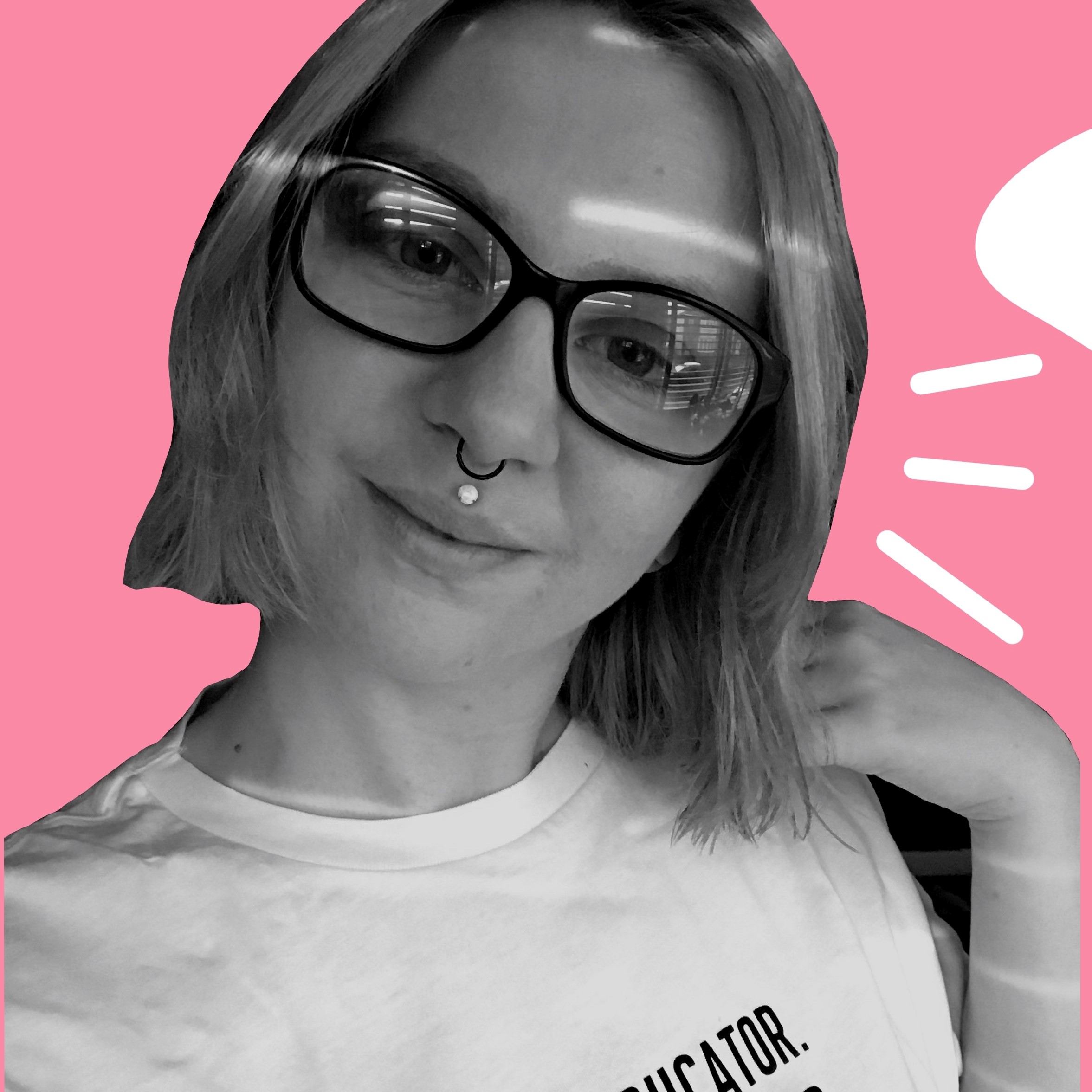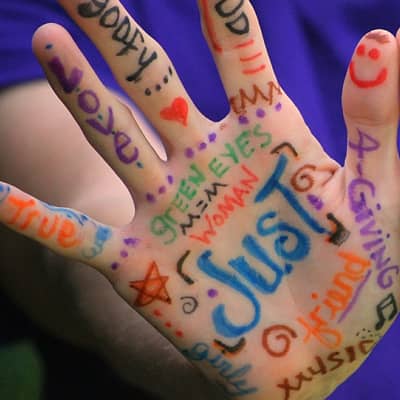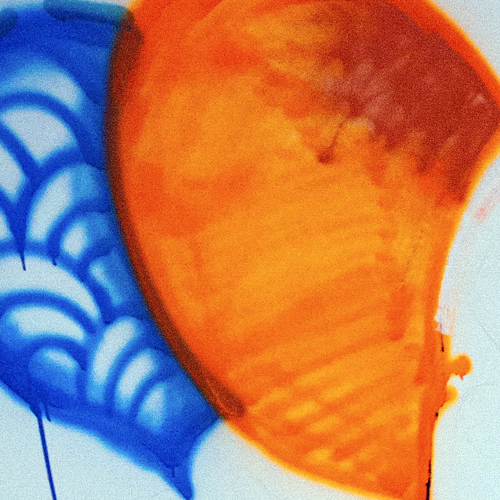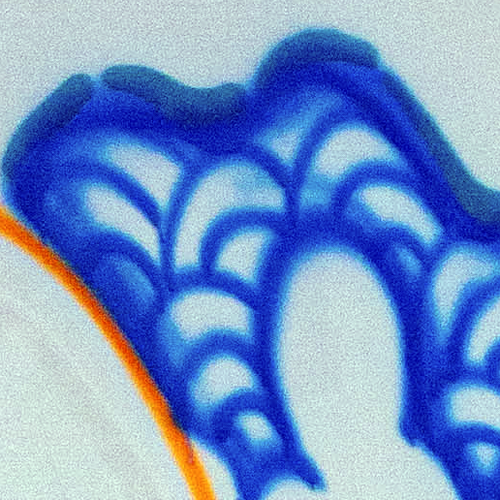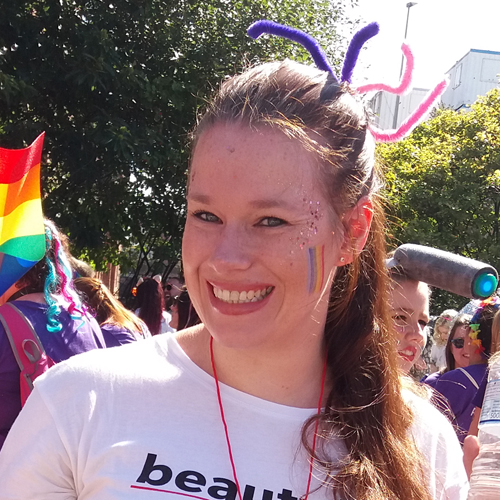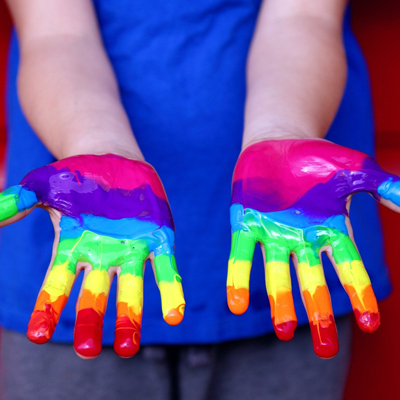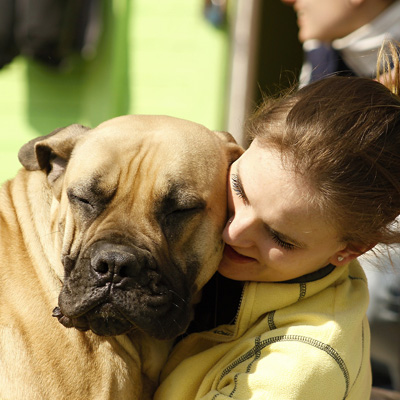Understanding Sexuality

Mid read – 3-5 mins
Exploring your sexuality can be a brave decision and taking that leap should be celebrated!
Sexuality can mean different things to different people. It might be about physical attraction, or emotional attraction, both or neither? It is completely up to you. Whether you want to explore your sexuality in private or shout it from the rooftops, it’s your journey and you can do it whatever way YOU want!

Sexuality, in simple terms, is about who and what you’re attracted to (but as we know, for a lot of people it’s not that simple)… There’s lots of different types of attraction, so let’s talk about them:
Sexual Attraction
This is what a lot of people first think of when you say “sexuality”. Sexual attraction is physical, involving a physical reaction (arousal) and the desire to engage in physical activities. It feels important to emphasise it's desire that defines your sexual attraction, not the activities themselves (for example, you can be gay without having had sex with someone of the same gender!) Desire can also vary in intensity, from complete abstinence (self-enforced restraint) to a deeply passionate need.
Sensual Attraction
It's easy to get this and sexual attraction confused. While sexual can be the desire to have sex with someone. Sensual attraction can be the desire to have physical contact with someone, excluding sex. Such as; wanting a hug, cuddle, hold, or just generally being close to someone. These desires don’t necessarily mean you also want to have sex with them.
Aesthetic Attraction
For a lot of people this is about finding someone who is ‘pleasing’ to the eye, but doesn't necessarily mean you want to have sex with them. For example, you can appreciate that a person is “handsome” or “beautiful” and not feel sexually attracted to them.
Platonic Attraction
This is usually where friendships come into play. You may feel a desire for a certain person to be your friend, with no desire for sex. Being attracted to someone as a friend is often what allows us to pursue and form meaningful platonic relationships.
Romantic Attraction
This is all about who and what you fall in love with. Once again, this is separate from sexual attraction. For example; someone can be homosexual (same-sex attracted physically) but also be heteromantic (only falling in love with the ‘opposite’ sex). Like all attraction, it is a spectrum, and for some people, romantic attraction means they love emotional intimacy while others feel little to no romantic attraction.
Sexuality is a spectrum:
Alfred Kinsey and his team (1948) came up with a simple way of understanding this spectrum of attraction, which is most well known as the ‘Kinsey Scale’. Instead of just putting people in categories such as straight, bi or gay, the Kinsey Scale works from a 0 to 6, where 0 means you’re 100% exclusively attracted to the ‘opposite sex’. And 6 meaning your 100% exclusively attracted to the same sex. This means you don’t have to be defined as “straight” (0) or “gay” (6), your attraction can be more complex. For example, you might be primarily attracted to the ‘opposite sex’ but may have some attraction to the same sex and be a 1 or 2 on the scale.
Hopefully the more people that understand that sexuality is a spectrum, the more normalised it can be in society that people’s sexuality is fluid and forever evolving.

Here’s some sexuality label’s that may help you explore your sexuality;


Where to go for more support
42nd Street’s Q42 group supports young people aged 13-18 who are lesbian, gay, bisexual, trans, queer or questioning their gender, identity and/or sexuality (LGBTQ+).
Proud Trust have a range of resources on their site, as well as running LGBTQ+ youth groups across the whole of Greater Manchester - you can even use their Find-a-group feature to find groups across the whole of the UK.
LGBT Foundation offer more resources and social events for LGBTQ+ people, as well as therapeutic support.
By: Daisy Wakefield





